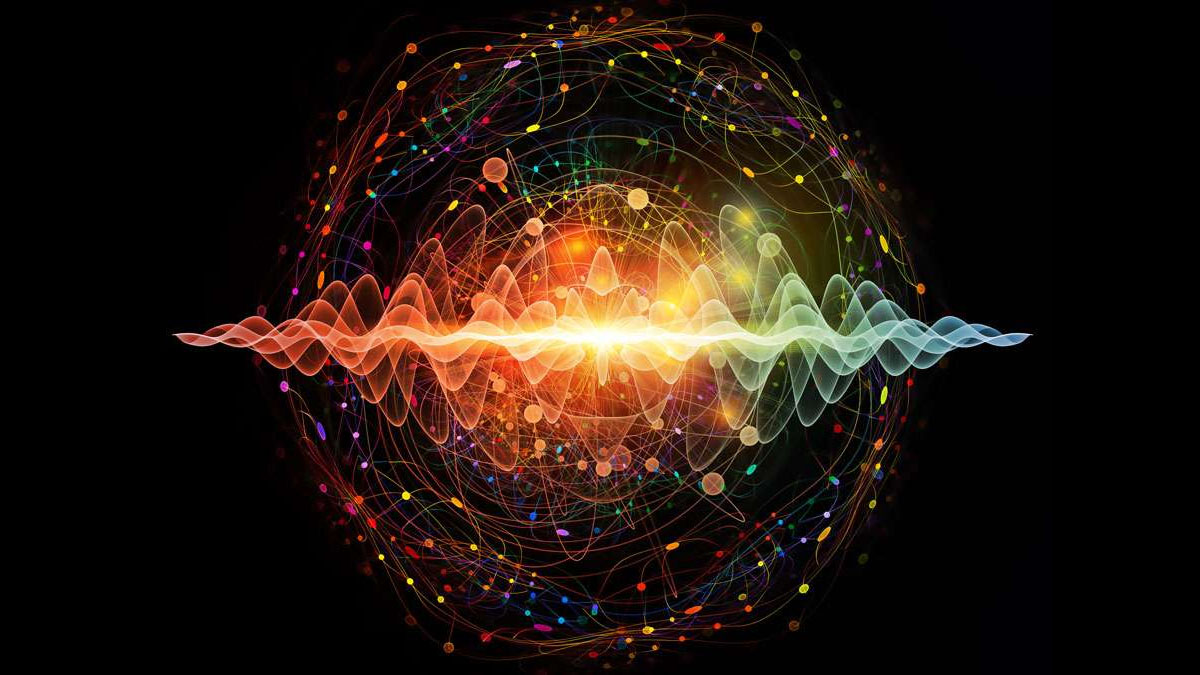quantum physics has a new way to blow your mind. it’s called quantum scarring

Imagine, for the purposes of this example, that you have 51 tennis balls you’ve arranged in a straight line. Every odd ball is left just lying on the ground while every even ball is dropped, bouncing only up and down until it runs out of energy. Physics dictates that at some point the bouncing tennis balls will run out of energy and come to a rest with their still counterparts. This is what scientists called the ground state of the system, its lowest energy arrangement. We were pretty sure that this is how every system in the universe functions, including quantum ones. But a recent series of experiments shows that that’s not strictly the case.
So, if you take 51 rubidium atoms and arrange them in a straight line with lasers, alternating between atoms in their ground state and atoms with excess energy, you would probably expect that they’ll oscillate until they quiet down and release the extra energy into the wild, just like the tennis balls in our previous example. And you would be right to expect that. Unfortunately, no one seemed to have bothered to tell that to the quantum system which kept oscillating back and forth between its ground state and its original configuration. Returning to the tennis ball analogy, it’s as if the bouncing balls came to a rest, then started bouncing again for seemingly no reason. So, what’s going on? Did these rubidium atoms manage to somehow violate the laws of thermodynamics?
The answer, to borrow from a meme, is yes, but actually no. It seems that the researchers stumbled upon a long-suspected phenomenon called quantum scarring. Because quantum elements act as both particles and waves, there may be some configurations in which the ground state of the system is not the state with the least energy, but the state with which the quantum system originally began. From that standpoint, the atoms in question aren’t violating thermodynamics. To them, the most stable system is the one in which they started and giving up the excess energy imparted by the lasers which arranged them is like trying to climb uphill. Sure, they’ll do it, but then they’ll just roll back down. Why does this happen? We don’t have an answer for that yet and the required research is only beginning.
And while all this may sound terribly esoteric, there’s already a clear application of this strange phenomenon in the world of quantum computing. If the outputs of the quantum calculations meant to be read by conventional logic gates can be arranged in a way that takes advantage of quantum scarring, we wouldn’t need to chill computers down to nearly absolute zero or resort to complicated statistical tricks to try and figure out what a quantum chip came up with. The answer would just sit there, ready to be read by conventional computers, which is extremely important considering that in the real world, quantum computers will be hybrid systems since quantum computing is only relevant to a subset of computing tasks.
But those tasks will be critically important for enhanced security, privacy, and artificial intelligence, so any tricks that would keep quantum systems from decoherence and allow programmers to use these quantum circuits in their software would be immensely helpful in the long run. At some point in the future, you may have to thank these curiosity-driven experiments with lasers and rubidium atoms for a faster Internet and a more secure bank account, much like we have to thank physicists smashing atoms together in huge colliders for the internet and new targeted therapies for cancer today.





